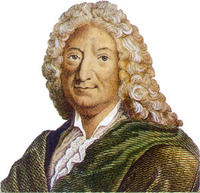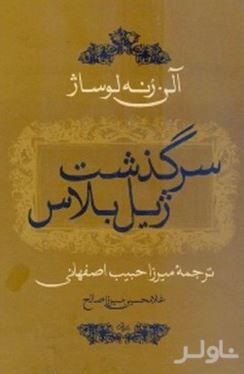|
نویسنده :
آلن رنه لوساژ
ناشر :
معین
۴/۶ از ۵
|
۲ | ۱ |


